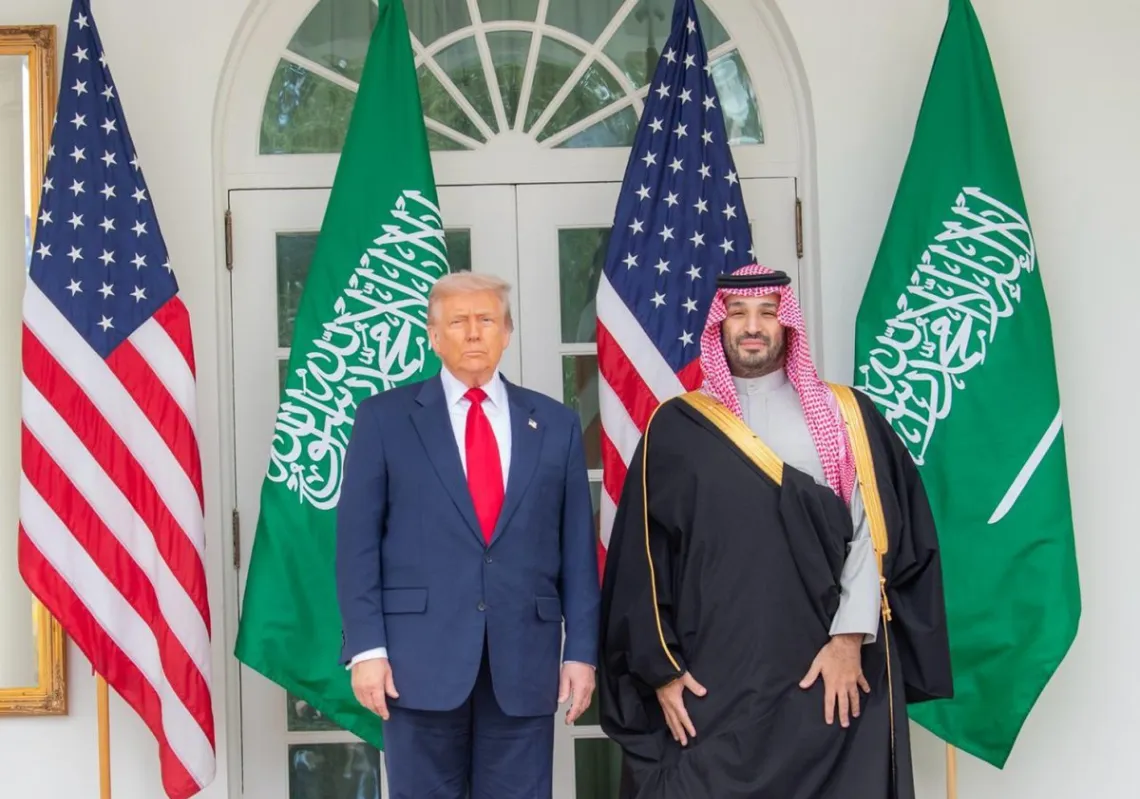Design flaws within Iraq's federal governance system—which was hastily drawn up in 2005 in the aftermath of the US overthrow of Saddam Hussein with little foresight—have created deep-seated political problems.
Two decades have passed since Iraq transitioned from a heavily centralised state into its current set-up, which has been rocky—particularly the relationship between the Kurdistan Region and the national government in Baghdad.
While mistakes can be rectified over time, as seen in other countries that underwent major government transitions, this has not been the case in Iraq.
Disputes between the regional and national governments have not only persisted over 20 years but have intensified. Temporary political agreements provide short-lived solutions, but even these eventually unravel.
The has been mixed acceptance of a federal system in Iraq, but no serious alternative has been proposed.
Sunni political forces – notably those from the weakened Iraqi Islamic Party – were among the most vocal opponents of federalism. Their opposition is rooted in a history wary of division and fragmentation.
For their part, Shiite political groups were initially supportive of centralised government, but decades of living under Saddam's authoritarian rule have left many with an opposition mindset.
These groups—notably the Supreme Islamic Council—have advocated for empowering regional governments. They want to see the federal model applied to the southern and central regions.
They also argue that the violence in Iraq after 2003 was a result of Sunnis losing their power. These groups believe dividing the country into federations would allow each region to govern itself, thus sparing the country from senseless bloodshed.
They also feared that centralising power in Baghdad would facilitate a return to dictatorship. The Kurds, in particular, accused the federal government of moving towards dictatorship, tightening control of the Kurds, and depriving them of their constitutional rights.

Read more: KDP decision to boycott polls sends shockwaves across Iraq
It got so bad that the president of the Kurdistan Democratic Party, Masoud Barzani, hit out at a Federal Court decision in January 2023, which declared financial allocations to the Kurdistan region unconstitutional. He accused the court of having a suspicious agenda.
The Kurdish question
In 2014, the federal model survived despite repeated calls from Masoud Barzani, the then-President of the Kurdistan Region, for an independent Kurdish state.
In 2017, a referendum was conducted, and Kurds overwhelmingly voted in favour of an independent state and separating from Iraq.
An independent Kurdish state never materialised, but the vote's aftermath ushered in a period of escalation and crisis between the regional and national governments.
Sunnis seek autonomy
Sunni political groups have repeatedly complained that the Iraqi constitution, drawn up in 2005, limits their power. When another referendum on the constitution took place in 2017, Sunnis overwhelmingly voted to overturn it.
81% of voters in Salahidn and 97% in Anbar—both Sunni-majority provinces—voted against the constitution. In Mosul, which has a 60% Sunni population, 54% voted in favour of the constitution.
Since 2014, Sunni political leaders have repeatedly called for the establishment of a Sunni region that would include the provinces of Salahidin, Mosul, and Anbar.
They complain that the Shiite-dominated government marginalises them and wants a governing system similar to the Kurdistan region's semi-autonomous arrangement with the central government.
They demand a power-sharing formula with the federal government, their own military forces, and their fair share of the nation's wealth. However, giving more power to regions would naturally weaken Iraq's central authority.








